Affiliate links on Android Authority may earn us a commission. Learn more.
Six common US carrier practices you’d never see in most other countries
Published onNovember 4, 2023
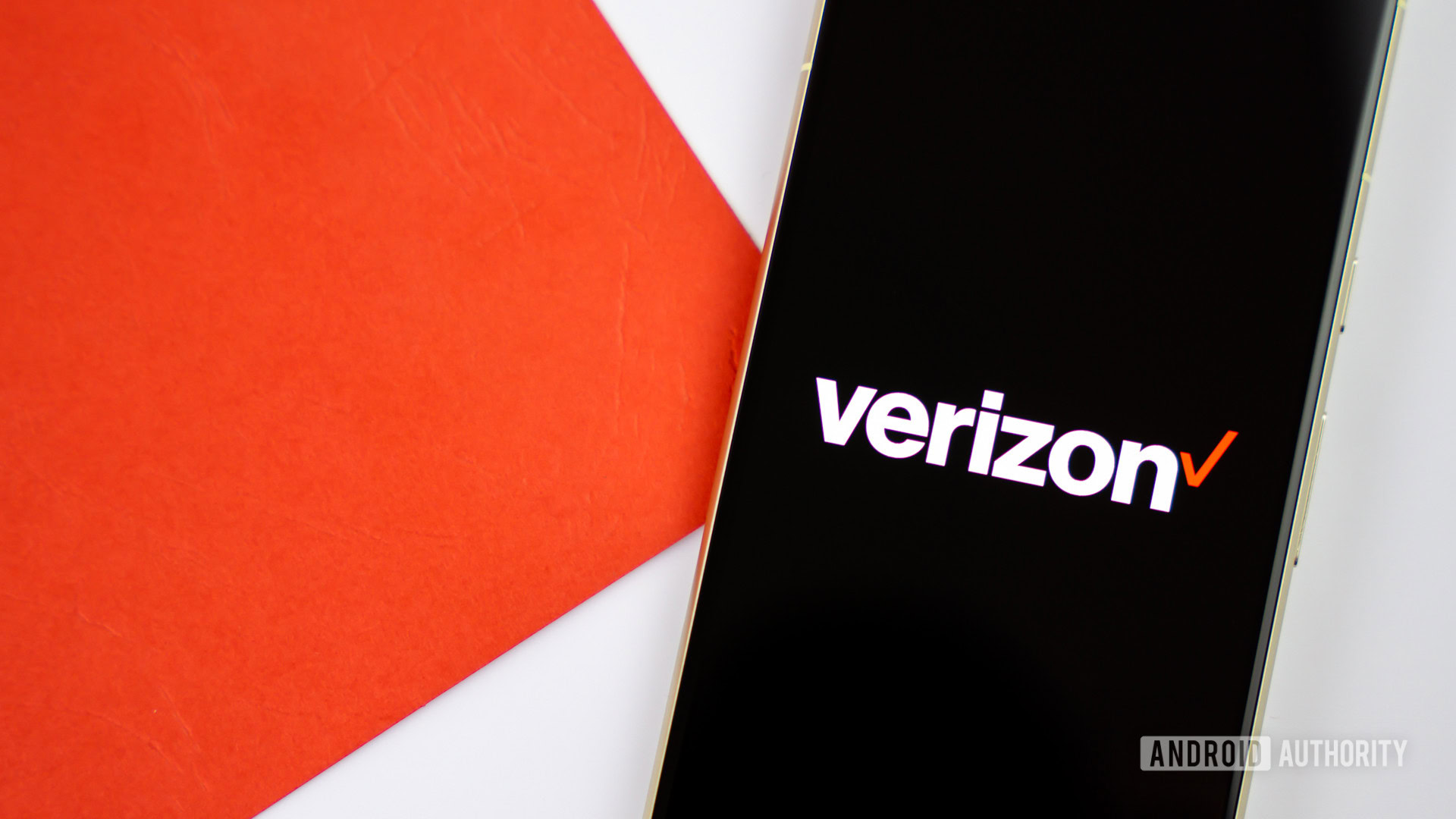
Carriers in the United States have a reputation for price gouging, excessive fees, and other practices that are less than savory. While some of this reputation is exaggerated, there are indeed several common conventions and procedures in the US that most international operators wouldn’t get away with. Let’s explore some of these independent US carrier practices that are less common outside of North America.
Be aware that most of these points are specific to the United States, but are also likely to apply to Canada. Our neighbor to the north tends to have a similar carrier dynamic, though its prices are actually a little higher!
US carriers have exorbitant pricing compared to many other countries
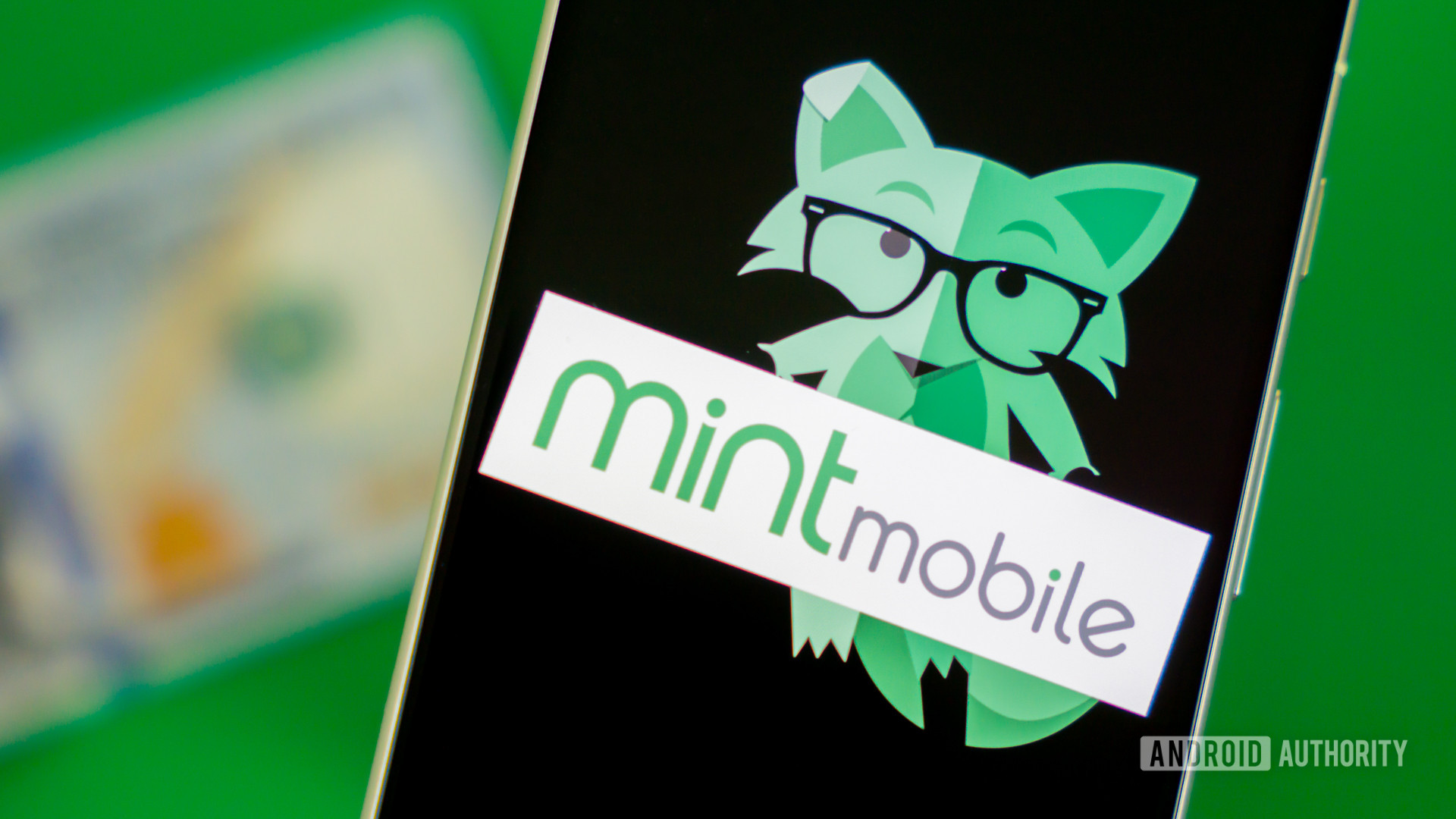
The United States is notorious for high utility costs, particularly for cable, internet, and cellular services. When it comes to mobile pricing, the United States doesn’t have the highest rates in the world but it’s definitely toward the higher end of the scale.
According to a recent report from Cable.co.uk, there are a few countries in Africa, Asia, and even some smaller European nations where data costs per gig can range from $10 to $20 or more. These higher data costs are primarily found in developing nations with relatively poor infrastructure. However, in the vast majority of Europe, Asia, Africa, Australia, and South America, data prices typically fall under $2 per GB.
The US and Canada have some of the highest price ranges for phone plans in the developed world.
So, where does the United States stand in this spectrum? The survey indicates that pricing ranges from $5 to $10 per gig. Canada falls into a similar pricing range. Both countries have some of the highest data rates among developed nations, if not the very highest. Putting it into a monthly rate, the average unlimited plan in the US will typically cost at least $50 to $60 per line, though that’s a base plan that often comes with slower service in times of congestion. To access premium tier service, you’re likely to pay $75 or more per line. Regardless of what plan you pick, prices typically become more favorable if you add extra lines to your account.
If you want unlimited data for even less, you can opt for prepaid service, which often costs between $30 and $50 per month for unlimited access. These options are often subject to throttling and can sometimes have sub-optimal customer service, though your mileage will vary.
To provide further perspective, I discussed mobile pricing with some of my international colleagues. In India, for example, you can get unlimited 4G and 5G data for under a dollar a day. My European colleagues reported varying prices, but most plans were reasonable, averaging around $15 to $20 per month. Some postpaid plans might exceed this range slightly. I also noticed that prepaid plans tend to be more common in other countries, with postpaid often reserved for businesses or those with larger families.
Less flexibility, all in the name of keeping you on the hook for as long as possible
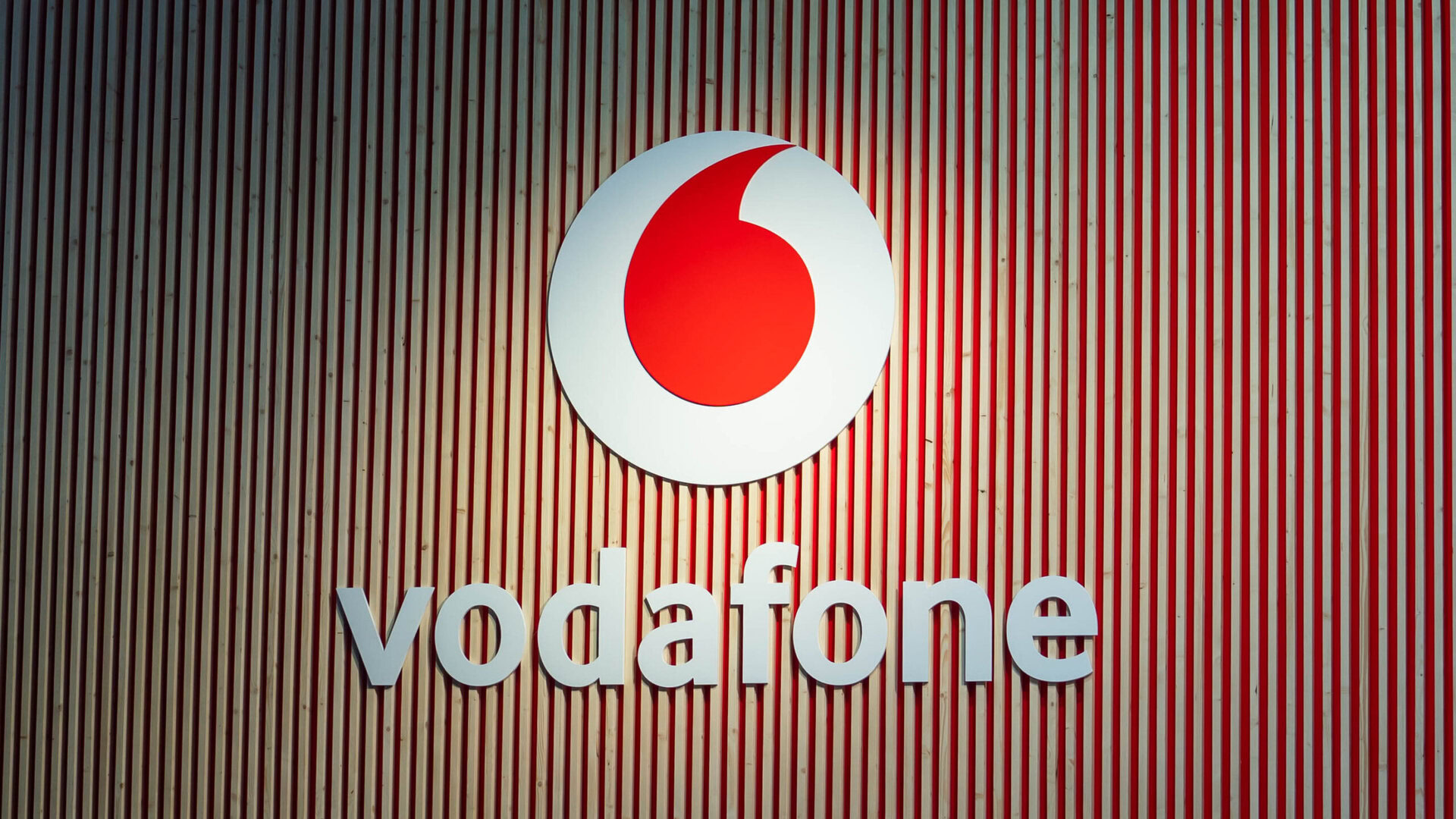
Between talking to colleagues and doing online research, I discovered that most consumers outside of North America typically opt to purchase mobile phones outright rather than going through carriers. That said, the are certainly plenty of international carriers that offer phones directly, even if it’s not as common of a practice. One key distinction lies in the flexibility they provide compared to American carriers.
If you were to buy a phone from Vodafone’s website in Australia, you’d have the choice to pay for the phone upfront or select terms that span 12 months, 24 months, or even 36 months. I also found several European carriers that offer the option of installment plans or two-year contracts that come with a free or discounted phone. This gives you a bit more choice in how you want to buy your phones.
Installment plans are a contract model under another name.
In the United States, all three major carriers have moved away from the old contract model, offering only installment plans as an alternative. While this might be advantageous for many on paper, it essentially commits you to a contract, just by another name. You’ll find yourself making monthly device payments for three years with AT&T and Verizon, or two years with T-Mobile. You do have the option to leave at any time, but you’ll need to pay off your phone early.
In the US, the only way to obtain a “free” phone promotion is also through an installment plan. In this scenario, you agree to purchase the phone with monthly installment payments, and the carrier provides credits to your account each month so that you don’t owe anything. However, this ties you to the carrier for two to three years, depending on the carrier. If you cancel your service before all the bill credits have been applied, you’ll be required to pay off the remaining balance on your supposedly “free” phone. Returning the phone and walking away is not an option.
Saving the best monthly rates for family plans, punishing those who only need a line or two

I initially believed that family plans were standard in the mobile industry. However, I was mistaken. While some international carriers do offer family plans, they are relatively rare and tend to operate differently. For example, in the United Kingdom, O2 provides a family plan that offers a 20% discount on each Airtime Plan added to your account, whether it’s two lines or four.
Most international carriers with family plans I discovered in my research work similarly to O2, providing a flat percentage discount per line. I even found one family plan that didn’t offer a discount at all. What’s the purpose then? The pitch was that it helped consolidate multiple phone bills into one for improved convenience.
Most international carriers will offer you the same competitive price, whether you're one person or a large family.
The big three US carriers don’t work like that at all. Take Verizon, for instance. A single line of MyPlan Welcome Unlimited costs $60, but the price per line decreases as you add more. Two lines are $50 each, three lines are $35 each, and for four lines, you’ll only pay $25 each. This pricing model is similar for AT&T and T-Mobile.
As you can see, you’re basically punished if you only need one or two lines in the US. Most other countries don’t care if you’re bundling with a family or going at it alone, you’ll get similar pricing regardless.
Tethering is usually an optional paid feature in the US, but not elsewhere
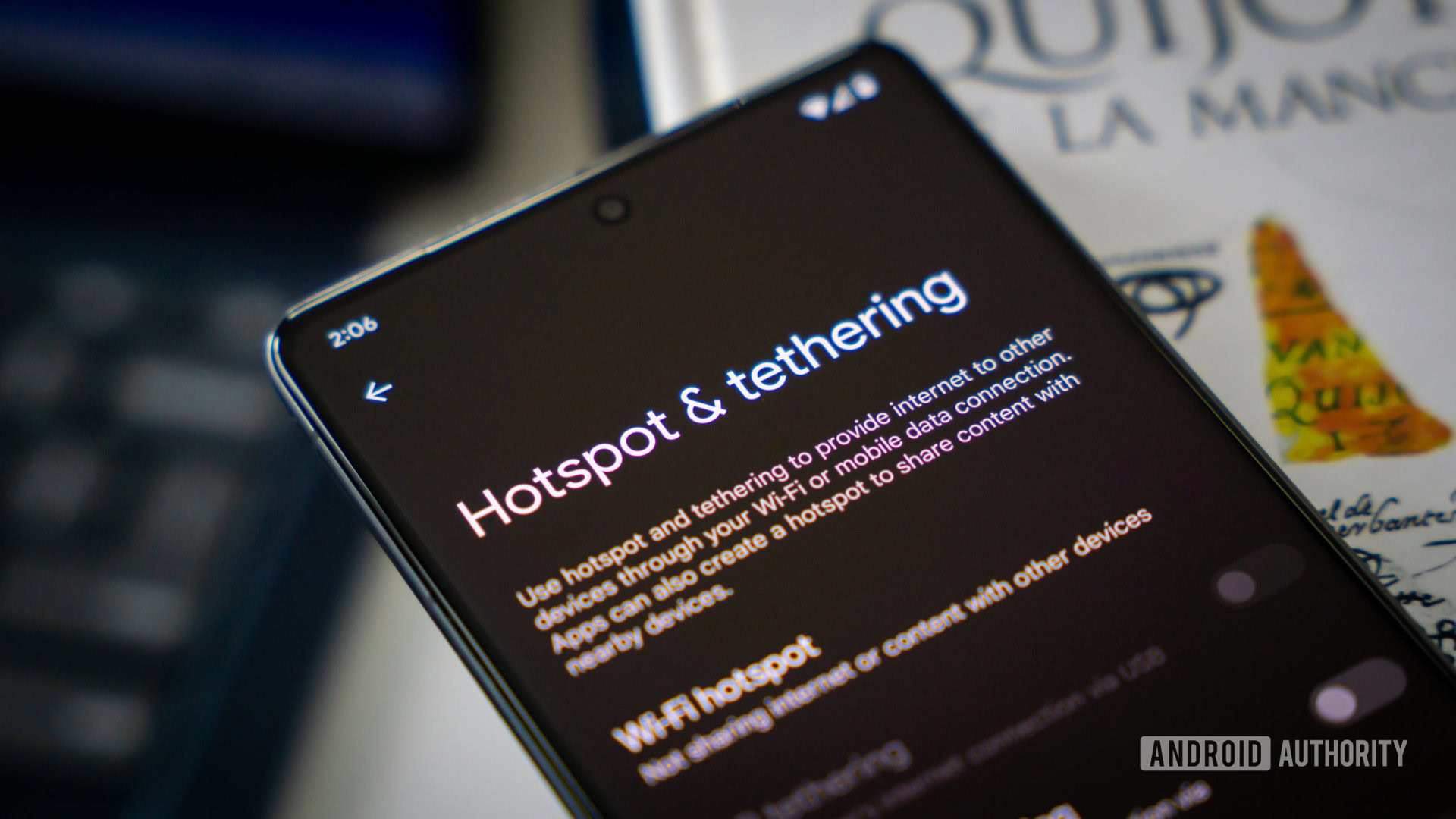
Modern smartphones can easily serve as virtual hotspots, enabling you to share your internet connection with a laptop, tablet, or even another phone. In the United States, this feature often comes at an additional cost. What I wasn’t aware of previously is nearly all international carriers include this functionality for free.
While an increasing number of US carriers are now offering mobile hotspot access for free on select 5G plans, this feature is typically reserved for mid-tier and high-end packages. Among the largest three carriers, T-Mobile now provides hotspot tethering on all its plans, while Verizon and AT&T limit this feature to their more expensive options.
Tethering is often and added, paid option in the US, with data caps too.
Moreover, in the US, you’re more likely to encounter strict data usage caps for your hotspot, even with unlimited plans. In contrast, international phone carriers frequently allow you to tether as much data as you need, even if you’re on an unlimited plan.
Activation fees and hidden charges are quite common in the US
Activation fees are an area where US carriers often add extra costs you didn’t see coming. While it’s true that some carriers outside of the United States also charge activation fees, the practice appears to be less common. Even when such fees are levied for adding a device to an account, they are typically relatively small, falling well under the $20 range. Unfortunately, most US carriers charge much more than that.
As an example, when I attempted to add a Verizon-branded hotspot device to my Verizon account recently, I was surprised to find that they wanted to charge me a fee of $45 to re-add it, even though I had previously paid off and canceled it years ago.
In other countries, you pay the sticker price. In the US, taxes, fees, and unexpected charges are hidden in the fine print.
In the United States, pricing can be less straightforward due to hidden fees as well. Unlike places like the European Union, where advertised prices include taxes, the US has an unfortunate habit of excluding taxes from advertised prices. In the US, the tax amount varies from city to city and state to state, making it important to consider the total cost.
Taxes aren’t the only extra fees you need to be aware of. Many carriers in the US impose fees with obscure labels, such as a Federal Universal Service Charge, a regulatory charge, an administrative fee, and more. While these additional fees are explained in the user agreement, they are often not prominently advertised beyond the fine print. They also tend to have vague terms where it’s unclear exactly why you’re paying the fee in the first place.
Need to make a simple plan change? US carriers like to get you on the phone for everything
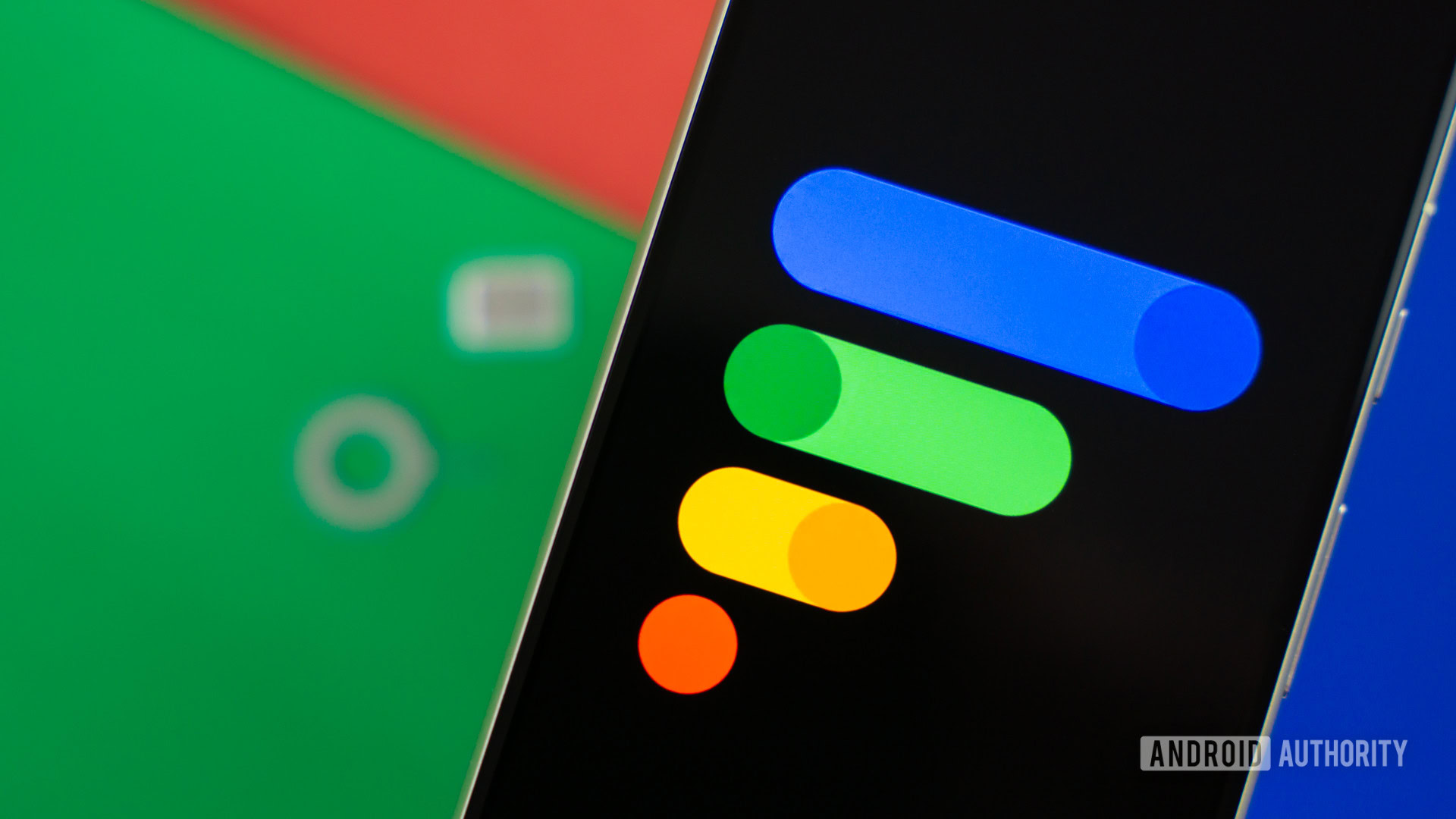
While it’s true that many prepaid and postpaid carriers in the US have made it easier than ever to make changes online, there often seems to be a catch.
For instance, consider the process of switching carriers and transferring numbers. Yes, you can visit the Google Fi website, sign up for a plan, and initiate a number transfer. However, depending on your current carrier, you may also have to contact your outgoing provider directly to inform them of your intention to switch. Failing to do so could result in unexpected fees or complications during the transfer. I personally experienced this when I transferred my number from AT&T to Google Fi a few years ago. Since I didn’t communicate directly with AT&T, the process took longer than expected, and I ended up with an additional administrative fee on my final bill, likely related to the transfer.
Furthermore, canceling a line can often be quite challenging through an app or website, depending on the carrier. Most carriers force you to speak with a representative, especially if you’re on a postpaid service. Once you’re on the line, they also often do everything in their power to keep you from canceling or to get you to upgrade your account to a more expensive plan.
In many countries, transferring numbers is an easy, flawless process that doesn't require a phone call to your carrier.
In contrast, what I’ve learned from my colleagues is that while some carriers outside the US may have similar practices, it’s much less common. Many international carriers make it simple to make changes without the need to interact with a representative unless there’s a specific account issue. Even transferring numbers works flawlessly and the carrier you are switching to will complete the process without you needing to get ahold of your previous carrier.
Why does North America operate differently?
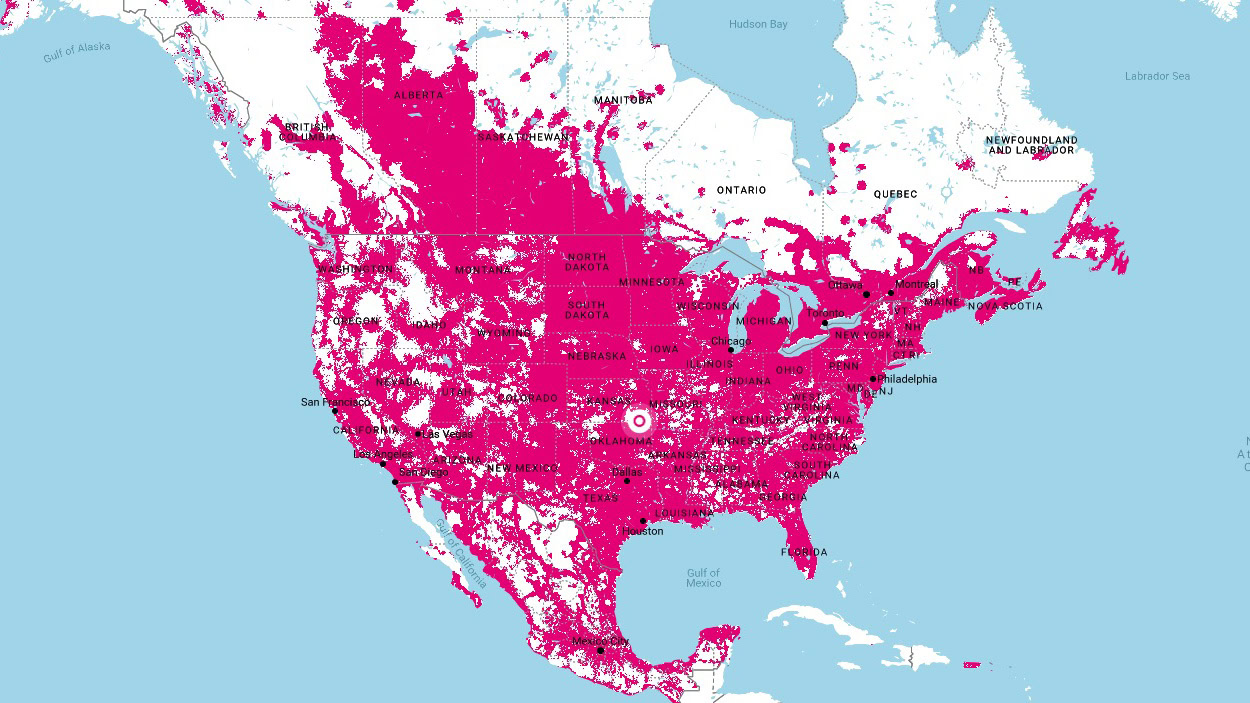
While it’s beyond the scope of this article to fully explore all the reasons behind the peculiar practices of US and Canadian carriers, we can certainly summarize a few of the most significant factors.
For starters, both the US and Canada have only three major networks, and until the last decade or so, it was just AT&T and Verizon that dominated the scene in the United States. Meanwhile, the United Kingdom alone has four major networks, despite being smaller than many US states. Spain also has four, while Germany only has three. The takeaway is that pretty much every country outside the US has multiple options, no matter how small the country involved.
Another factor is the slower adoption of prepaid services and MVNOs (mobile virtual network operators) by US consumers. Not too long ago, prepaid options in the US were often associated with teenagers or those who had poor credit. In many other countries, prepaid services are more widely embraced. The availability of diverse prepaid options contributes to increased competition and lower costs.
Without diving too deep into politics, regulation is also an issue — or rather the lack thereof. The United States tends to grant more control to large corporations compared to places like the European Union. Consequently, monopolies are less common outside of North America. When companies have significant control over their networks, they can take advantage of their subscriber base, as there are often limited choices for consumers.
The good news is the situation is slowly improving. Prepaid service is sharply on the rise in the US, and as a result, it’s getting easier to find reasonably affordable phone service in the US outside of the big three carriers. We’re also slowly seeing the death of bad practices like charging extra for hotspot access. Without major regulation changes, hidden fees and other similar practices aren’t likely to go away anytime soon, but at least the US landscape is heading in a better direction.